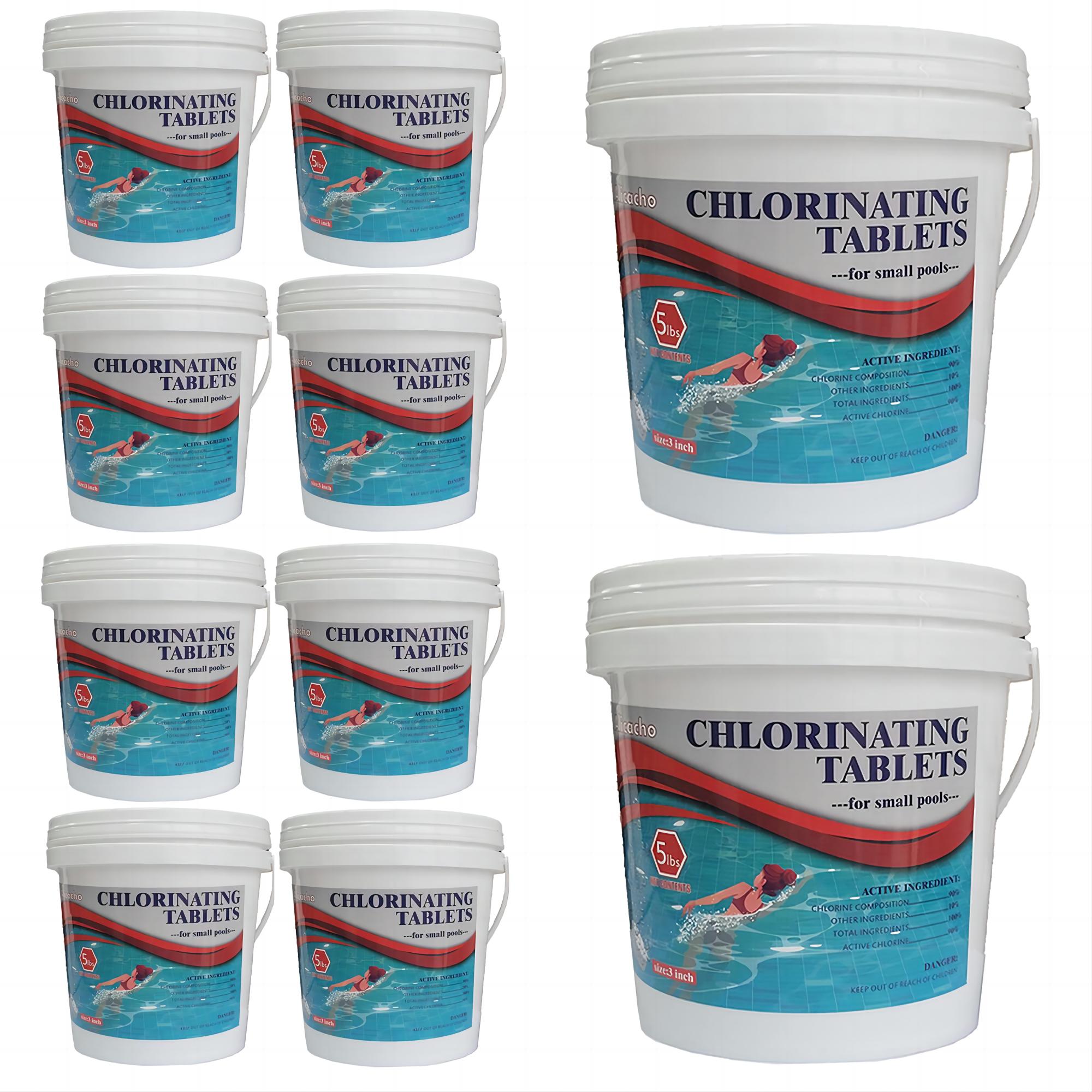There are many beautiful things to watch out for once spring is coming. Aside from the blossoming of many trees and plants, it is also a time to reopen your pool after the winter. But do you know how to open pool in spring? There are many things to consider before welcoming back your bathers! Your pool is not as ready as you have thought it is, you still have to exert a little effort to improve things.
By making sure all the important things to know about how to open pool in spring are considered, it will also ensure that you will be welcoming your guests with a nice, clean, safe, and healthy pool! Temperatures must also be considered in opening your pool, once the temperature is consistently within or above the range between 65- and 70-degree Fahrenheit, then it can be recommended that you finally open your pool. Let us talk more about it as we go along the article, below.
The Different Steps In Opening Your Pool In Spring
Now, let us discuss the different steps on how to open pool in spring. If you think, things will be just as easy as dipping into the pool, well you might have it wrong. But as long as you are responsible enough as a pool owner, nothing is difficult, you just have to exert a little effort. Now, let us jump into the said steps, below.
Step 1. Remove your Pool Cover.
It is possible that over the spring, there may be pooling of water on the pool cover, to avoid having it mixed with your pool water, you have to clean it off, and then remove it.
Step 2. Reconnect all your Pool equipment If you have winterized your pool.
Some pool owners have precautions to winterize their pools as preparations for more freezing temperatures. With this, you have to make sure that your pool equipment is ready for the reopening of your pool in the spring. This means that you have to reinstall all the drain plugs of the heater, filter, pumps, and other pool equipment. If you have inground pools, you also have to reconnect all the plumbing lines to your skimmer and all the pool equipment. You can also start reinstalling all the ladders that you have removed during the time that your pool is closed.
Step 3. Take away all the winterizing plugs from your pool’s return lines and skimmer.
There are also winterizing plugs from your pool’s return lines and skimmer, you now have to remove them all. You can now start reconnecting all the return valves that you have removed during the winter. Get your garden hose and start filling your pool to its normal water level. And finally, turn back on the filtration and pump systems.
Step 4. Start adding chemicals to remove and prevent scales and stains.
When opening your pool, you need to make sure that your pump is running at full speed until all the preparations are done. This might take a while, and while the process is ongoing, you can now start adding chemicals that are responsible for removing scales and stains. There is a huge possibility that metals like iron and copper have been concentrated in the winter.
Step 5. Make sure to balance and test your pool water until needed chemical levels are attained.
It is a must to remember the pool-level chemicals and other parameters in reopening your pool. This is one of the most important steps on how to open pool in spring. To give you a guide, the range of pH must be between 7.4 and 7.6, and the total alkalinity must vary between 80 and 120 ppm. These two will make a huge impact on the rest of your water chemistry, so you have to always check them.
Step 6. Do not forget to vacuum and brush your pool.
You can start brushing the surfaces of your pool once you are finally done with balancing and adjusting your water chemistry, follow it with vacuuming so you can also remove all the remaining dirt and debris. Do not forget to check crevices and covers all the time.
Step 7. Perform pool shocking.
Since, it has been a long time since you opened your pool, to make sure that all bacteria and germs are killed you have to perform pool shocking. The rule of thumb wherein 1 pound of pool shock must be used for 10,000 gallons of pool water must be followed. Once you have shocked your pool, you have to let the shock resurface within the perimeter of your pool for an hour or more. Make sure that your chlorine doses are two times higher than usual, or if you have a dirty pool, you can still increase the dose. Make sure that your pump and filter systems are running to remove all the suspended dirt on your pool. It is best to perform pool shocks at night, also make sure to always read the specifications and doses indicated on the container of the pool shock item that you will use. Wearing all the needed protective gear like gloves and goggles is a must.

Step 8. Start adding chemicals that can increase and decrease chemical levels.
Now, the next step is essential in reopening your pool! You have to make sure that chemicals are balanced, and if not, there are specialty chemicals that you can use. When doing so, it is a must to take note that chemicals should not be added on a multiple basis at one time, also chemicals must not be mixed! To make your pools ready for the spring, here are some of the specialty pool chemicals recommendations.
- Clarifier
This is a coagulant that can be able to bind the inorganic and organic smaller particles making it a bigger one, helping the easier removal of the said items from your pool. These particles often cause the cloudiness or haziness of your pool water.
- Enzymes
Enzymes are responsible for breaking down non-living organic contaminants as well as oily residues which aids in the efficiency of your sanitizing agents. These products can also help you treat algae infestation since they contain removers of phosphates.
- Algaecide
The most effective way to elicit algae from your pool’s system is to use an algaecide.
Step 9. Start testing and balancing your pool water.
Once done with shocking, and once specialty chemicals are finally added to your pool, you can begin retesting the components of water chemistry. Adjust parameters as needed to achieve balance.



